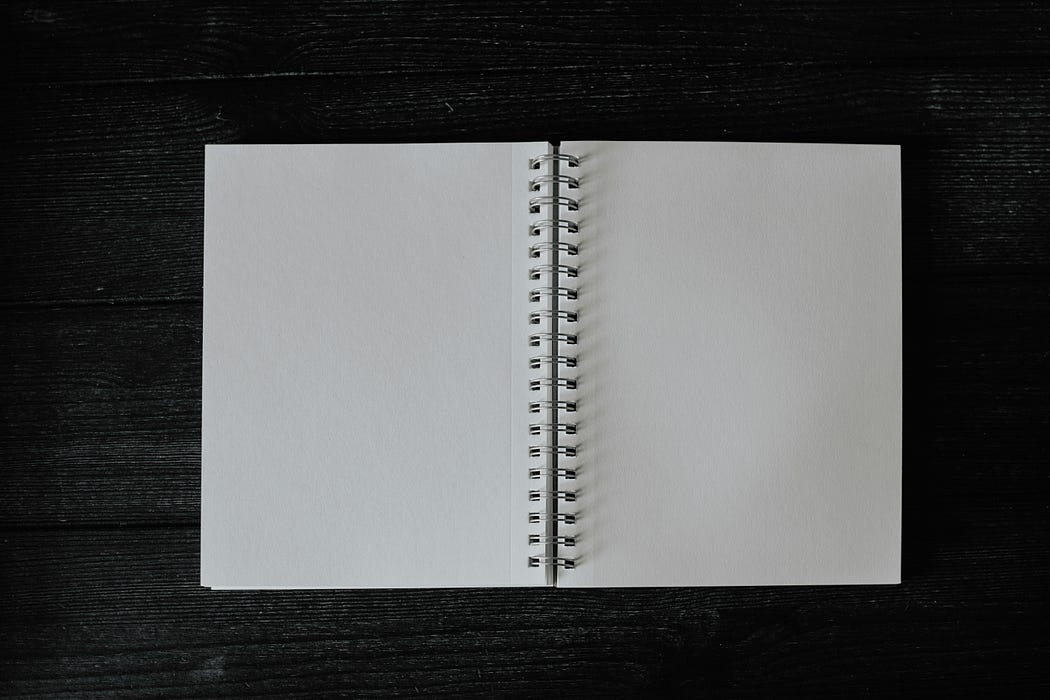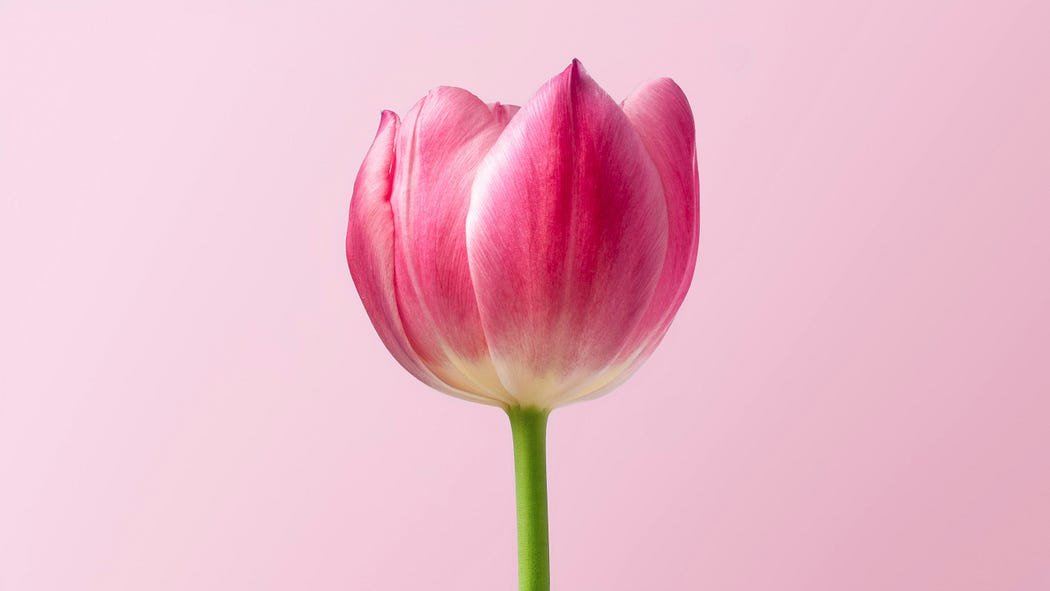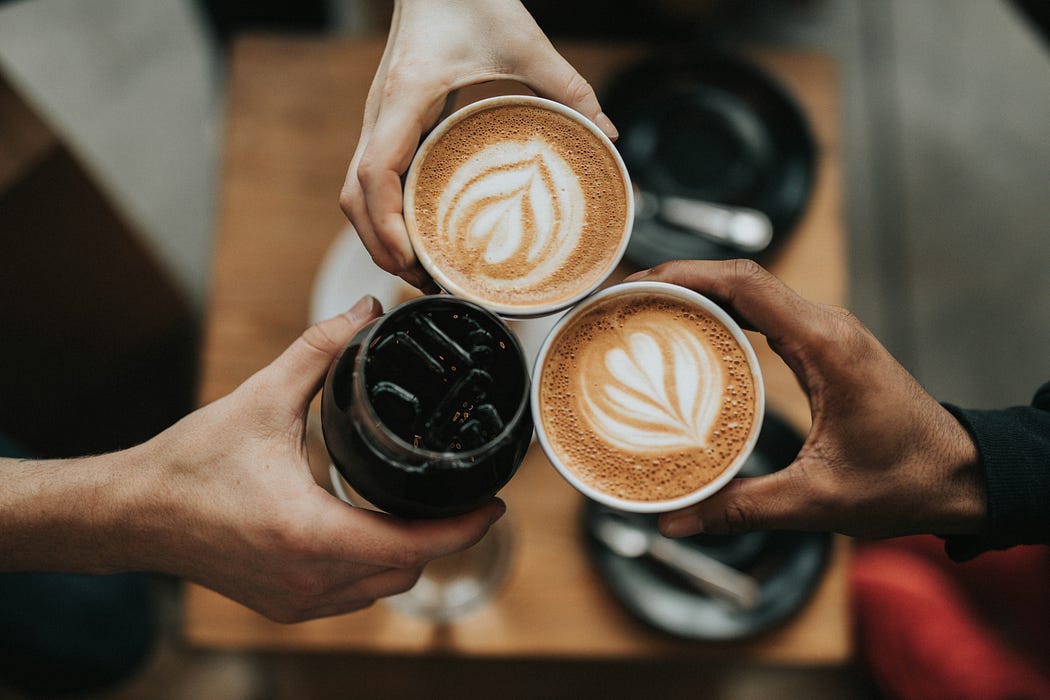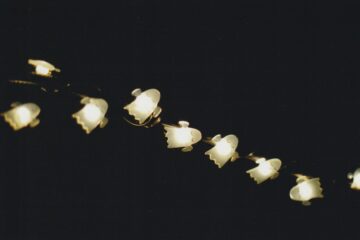Or, how modernity has stripped the western world of its soul.

It has long been understood that the Western world is rushing headlong into a god-less future, where the “joy” of freedom from the spiritual (that shackles human “freedom”) will usher in a “utopia”. But at what cost and, what is the shape of that utopia? Gazing into the future I am not sure we really appreciate the soulless darkness for what it is. In the never-ending cycle of “innovation” and the incessant rush toward progress, we as a race appear to have sacrificed beauty on this altar to a false idol. We exist in the West in s society that values only output in relation to fiscal performance, and it shows in our art. The modern world, with its captivating (or should that be slave-making) gadgets, sterile architecture, and disposable culture, has all but severed our connection to the transcendent beauty of creativity and the created world. Where once we built cathedrals that reached toward heaven, now we erect glass-and-steel monoliths that reflect only our own emptiness and reach toward only money. Where poets once sought the sublime, we now have algorithms perpetuating the soulless verse. Art, once a window into the divine, has become a mirror of our own spiritual and existential fragmentation.
The Ugly Face of Modernity
Walk through any city and you’ll see it — the unfortunate and depressing triumph of brutalism, minimalism, and utilitarianism, devoid of any element of beauty except through the lens of perhaps a culrual collaps motif. The fabled concrete jungles, boxy apartments without room to swing those creative cats, and cold, impersonal spaces dominate our landscapes and seep into our everyday. Compare this to the intricate carvings of Gothic cathedrals, the warmth of Renaissance paintings, or the harmony of classical music heck even to the colourful experience of visiting McDonalds restaurants in the 70s and 80s! Modern architecture and design, in their obsession with efficiency, have stripped away ornamentation and expression for the sake of art, leaving behind a world that feels hollow.
Even technology, for all its conveniences, has contributed to this aesthetic decay and neutering of our inquisitive and expressive impulses. Our smartphones, with their flat, glowing screens, offer endless distraction but no depth. Social media has reduced human interaction and expression to bite-sized, algorithmically optimised content that creates echo chambers stifling creativity and salting the once fertile grounds of discourse, discussion and discovery. Music, once composed with such care and played by hand, is now often assembled from digital loops and auto-tuned vocals. The more we engage with these synthetic experiences, the harder it becomes to recognise — let alone appreciate — real beauty.

The Decline of Art and Poetry
Art was once a pursuit of the divine truth, a way to capture the artist’s understanding of the ineffable. The great masters such as Michelangelo, Rembrandt, Turner all sought to reveal something beyond the material world, something of the “other”, the dimension within the experience of beauty.. Today alas, much of contemporary art is either cynical, shock-driven, or so abstract that it loses all meaning. Conceptual art prizes ideas over skill, leaving viewers cold. Poetry, too, has suffered; where Wordsworth and Keats wrote of nature and the soul, much of modern poetry is either navel-gazing or deliberately obscure.
This isn’t to say that all modern art is worthless — there are still creators who strive for beauty. But the dominant trends favour disruption over harmony, ugliness over elegance. The avant-garde, once a rebellion against stale tradition, has itself become stale, trapped in a cycle of provocation without purpose.
Think about the music of today, I am 53 and to be honest, I think fondly of the 70s and 80s (maybe the 90s but even then it was formulaic) and wistfully think “they don’t make songs like they used to” and it’s true but, every generation would say that. I feel for the kids of today who will look back fondly on the saccharine and simply awful, low-brow lyrical output of today and think “those were the days”. Even back in the 90s I found myself agreeing with Prince (now King) Charles and his comments despairing on the “modern carbuncles” of the modernist movement. I began my working life in Islington in London and, to see the way the city sprouted buildings of such ugliness, daring to put such hideous structures next to the beauty of Paul’s rankled even then.
The Loss of the Sacred
Beauty was once (and still is) a pathway to the divine. The ancients built temples to honour the gods; medieval craftsmen infused their work with religious symbolism. Even secular art carried a sense of reverence. But in our secular, hyper-rational age, we have reduced beauty to a matter of personal taste — something subjective, optional, even frivolous.
People in those old times had convictions; we moderns only have opinions. And it needs more than a mere opinion to erect a Gothic cathedral. — Heinrich Heine
The result is a world that feels spiritually starved and separated from the purpose of humanity itself, that feels as if a great chasm has opened up between the wonder of the universe and the wander of man. We surround ourselves with so many functional objects, but they lack any soul, they lack value deeper than output — capitalism has destroyed art for the west. We watch endless entertainment, but it doesn’t entertain us, we consume innumerable “things” but they don’t nourish us. We have traded the sacred for the convenient, the eternal for the ephemeral and it shows in who we have become as a society.

Reclaiming Beauty
Is there a way back? Well, perhaps. It would begin I fear with rejecting the notion that beauty is irrelevant, and accepting that beauty has its own inestimable value simply by being. You can’t put a price on a sunrise, or the feeling within as a certain piece of music is played and, to make this feeling mainstream again, to really EXPERIENCE this, we must seek out and support true craftsmanship — artisans, musicians, writers, and architects who still believe in excellence for the sake of human expression and the experience it gives. We must resist the lure of the purely functional, the expedient, the immediate, and we must demand spaces, objects, and art that elevate rather than deaden the spirit.

Most importantly, we must slow down. Beauty requires patience to both create and appreciate. It cannot be rushed, automated, or mass-produced, it must be crafted, nurtured, developed, changed, imbued with the angst of the journey. If we want to rediscover the divine in art, in nature, in each other, we must turn away from the noise and distraction of modernity and learn to see again.
The world is still filled with beauty — but we have been trained by our education, politics, indeed our very system of being not to notice it. It’s time to wake up, and appreciate the smell of the coffee.




0 Comments